Do you frequently wonder what the distinction is between ombre and balayage? Both balayage and ombre, which include a gradual color transition from dark to light, are among the top hairstyles for both celebrities and regular people. They offer low-maintenance, lived-in color.
Understanding the distinction between balayage and ombre is crucial if you know you want highlights but are unsure of what to ask for at the salon.
Hold on as we give you a sneak peak at these two best practices so you can identify the style, determine which works best for you, and perhaps even start rocking it yourself!
What Is Balayage
Balayage, which translates from French as “to paint” or “to sweep,” provides a gentle, sun-kissed hue that sweeps from beginning to end. Though it differs from the failed highlights of the past, it is technically a highlighting technique. The days of sitting in a hot salon with a pound of foils in your hair to get a lighter shade of blonde are long gone. These days, balayage is the current standard for brightening and lightening hair, replacing foiled highlights.
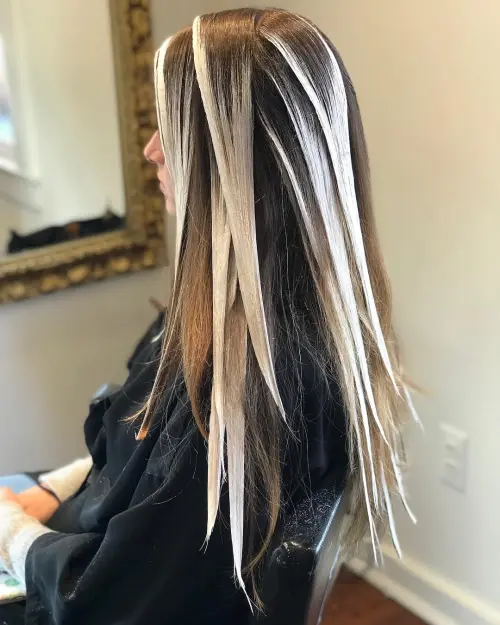
In balayage, the hair colorist applies delicate, beginning-from-the-roots color that gets progressively more intense toward the conclusion. It’s the ideal option for people who want the appearance without having to maintain it every two to four weeks because the highlights are considerably softer at the root and the regrowth lines are less obvious.
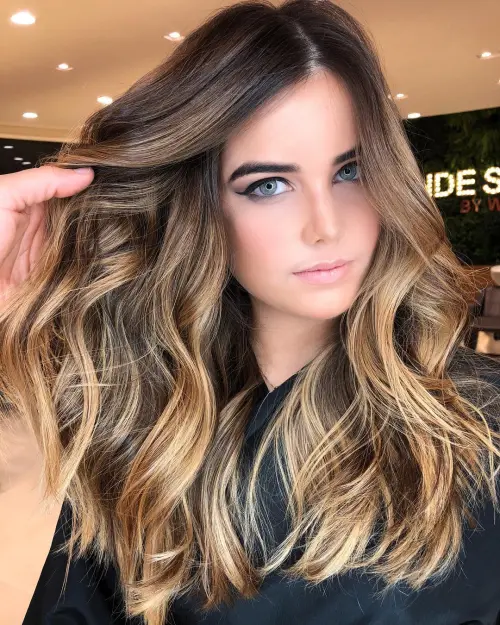
How the process works: Since every hairdresser has a different preference for how much or how little to highlight your hair, you should bring pictures that represent your ideal hairstyle. If you prefer the lived-in color, you can request a “rooty” look, in which case the highlights will start a few inches below your root. For a more youthful look, the hair stylist may also position the highlights closer to the root or even higher up. There’s no meche or foil used.
How best to set it out from ombre? It’s an emphasized style.
Ideal for: People who like personalized highlights over strong lines. For brunettes who wish to look naturally blonde, it’s also perfect.
What Is Ombre Hair
Ombre is a hair painting technique where the colorist keeps the hair darker from the roots to the midshaft and then lighter from the midshaft to the ends. The word ombre is French and means “to shadow” or “to shade.” You most likely first learned about the ombre trend, which is regarded as the original. method of painting by hand. It’s the ideal method for brave women to sport a bright hair color without it saturating your roots and maybe overpowering your skin complexion, or for brunettes to transition into blonde hair. Ombre is a fantastic low-maintenance style that doesn’t require foils.
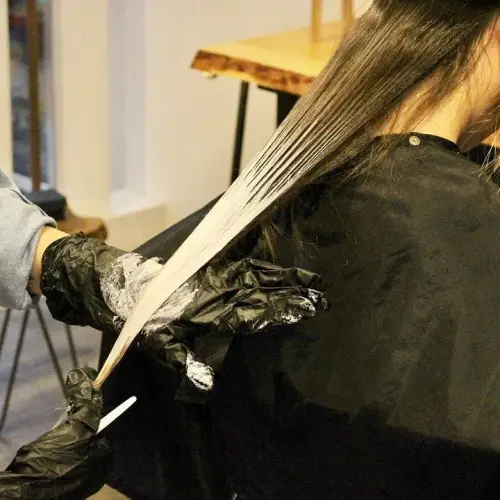
How the process is carried out: The color is painted on starting from dark roots and working its way up to rich, light ends. The hair stylist may paint on roots that match your natural hair color at the base of hair that has already been highlighted or colored. Bringing a picture of your desired “tip” color will help your hair stylist apply color progressively from the mid-shaft to the ends of your hair.
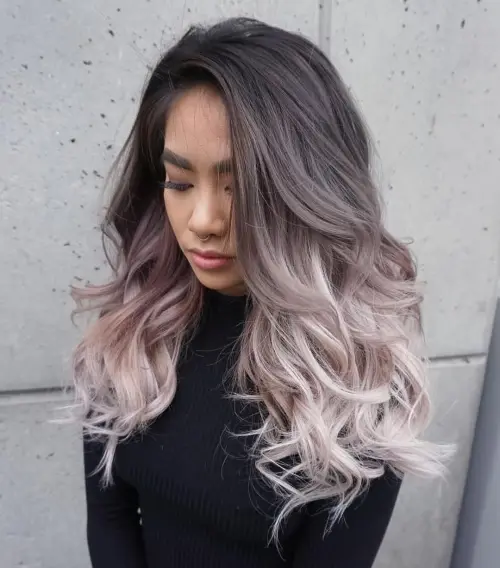
How best to distinguish it from balayage? It’s a strong, gradual style.
Ideal for: People who desire super-saturated blonde hair without the fuss. Those who have bolder hair colors—like green, purple, or silver—also love to sport this style subtly by keeping the roots of their hair its original hue.
Balayage vs Ombre
Because ombre and balayage are two subtle trends that transition from dark to light, it is easy to confuse the two. Perhaps you’re even wondering if ombre and balayage are the same thing. When comparing them side by side, there are minute but significant variances. The first painting method to become popular on A-listers was ombre, which paved the path for other techniques like balayage to gain recognition. We went away from foils and toward something more imaginative and contemporary with ombre.
But because balayage had a more organic, sun-kissed, lived-in look, it swiftly surpassed ombre in popularity. With the balayage process, the colorist can add highlights where the sun naturally hits the face, giving the hair stylist greater customization in how the color frames the face.
Other Coloring Techniques to Look Into
There are even more fashionable trends on the list to learn, as if ombre and balayage weren’t enough to make your head spin. Here are a few illustrations.
Sombre: Sombre was created in response to people who felt that ombre’s transition from dark to light was too abrupt. Meaning “soft ombre,” it provides a delicate ombre effect from root to finish while retaining a lived-in color look that may transform any hair color from lifeless to energizing. Sombre is still in style for the silver/gray hair trend.

Flamboyage: Using a method similar to balayage, but with even lighter ends added, it resembles an ombre and balayage combination. It’s the newest option for a very understated look when replacing highlights.

Babylights: Extremely thin, delicate highlights. Simple highlights that are less harsh and streaky than standard highlights, but still require foils, are ideal for fine hair.
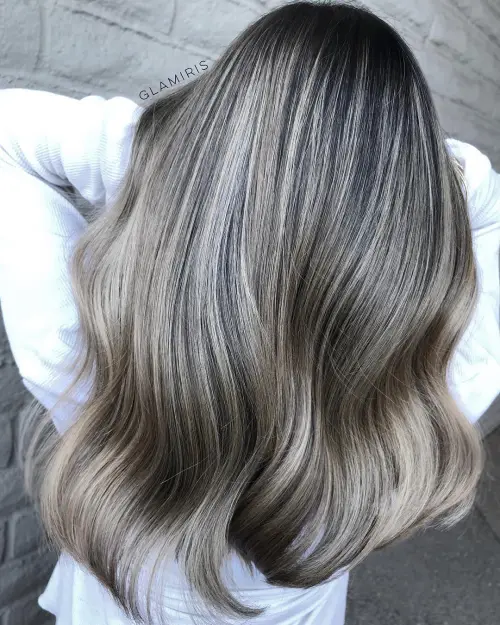
Time to Transition into One or the Other
Almost any hair salon you walk into can give you the style because ombre and balayage have become so fashionable over the past six years and seem to continue growing in popularity. Ask your hairstylist to discuss which teetering technique best suits your desired hair goals if you are still confused. Just pick your favorite outfit, get some inspiration from photos, and presto! low-maintenance color that gives your gorgeous locks more depth and radiance. What more is there for a modern woman to want?